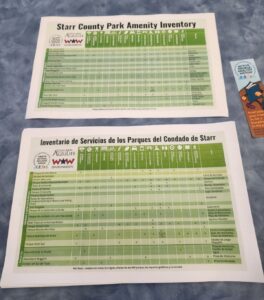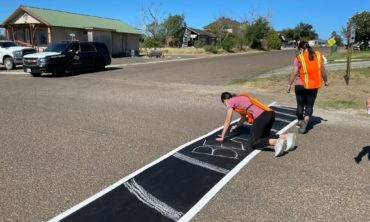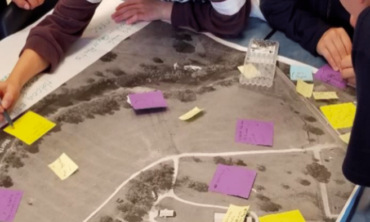Program Overview
The Bipartisan Infrastructure Law (BIL) established the Safe Streets and Roads for All (SS4A) discretionary program with $5 billion in appropriated funds over 5 years, 2022-2026. The SS4A program funds regional, local, and Tribal initiatives through grants to prevent roadway deaths and serious injuries. Over $3 billion is still available for future funding rounds.
Funding Opportunities
FY24 NOFO Now Open
The fiscal year (FY) 2024 Notice of Funding Opportunity (NOFO) for Safe Streets and Roads for All grants is open.
The FY 2024 NOFO has multiple deadlines, depending on the grant type
- April 4, 2024, 5 p.m. (EDT): Deadline #1 for Planning and Demonstration Grants.
- May 16, 2024, 5 p.m. (EDT): Sole deadline for Implementation Grants. Deadline #2 for Planning and Demonstration Grants.
- August 29, 2024, 5 p.m. (EDT): Deadline #3 for Planning and Demonstration Grants. NOFO closes.
Late applications will not be accepted.
Eligibility
The following groups of applicants are eligible for the SS4A grant program:
- Political subdivisions of a State, which includes counties, cities, towns, transit agencies, and other special districts.
- Metropolitan planning organizations (MPOs).
- Federally recognized Tribal governments.
Learn more about eligible applicants for SS4A.
Planning and Demonstration Grants
Planning and Demonstration Grants provide Federal funds to develop, complete, or supplement an Action Plan. The goal of an Action Plan is to develop a holistic, well-defined strategy to prevent roadway fatalities and serious injuries in a locality, Tribal area, or region.
Planning and Demonstration Grants also fund supplemental planning activities in support of an Action Plan and demonstration activities in support of an Action Plan.
Implementation Grants
Implementation Grants provide Federal funds to implement projects and strategies identified in an Action Plan to address a roadway safety problem. Eligible projects and strategies can be infrastructural, behavioral, and/or operational activities.
Implementation Grants may also include supplemental planning and demonstration activities to inform an existing Action Plan, and project-level planning, design, and development activities.
Applicants must have an eligible comprehensive safety action plan (referred to as an “Action Plan”) to apply for an Implementation Grant.
New in FY24, potential Implementation Grant applicants may submit their Action Plan(s) for pre-application review so that USDOT may affirm their eligibility to apply for an Implementation Grant.
















